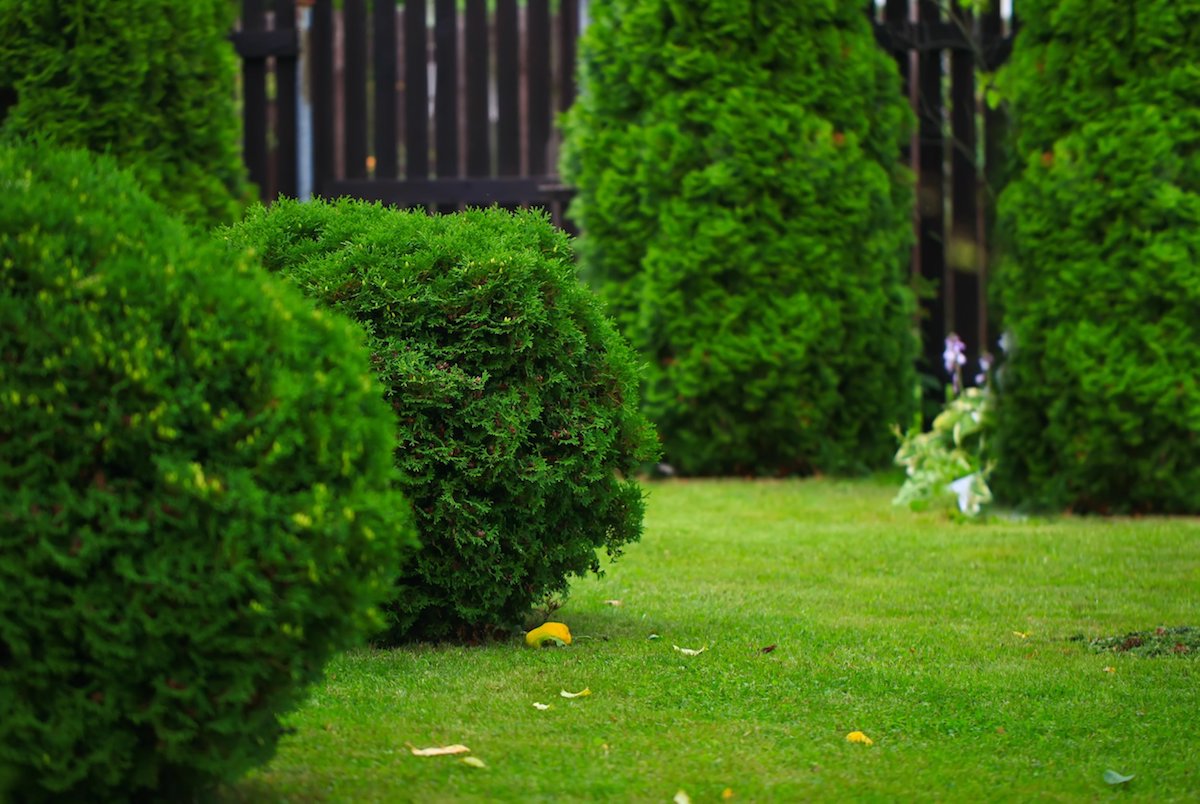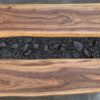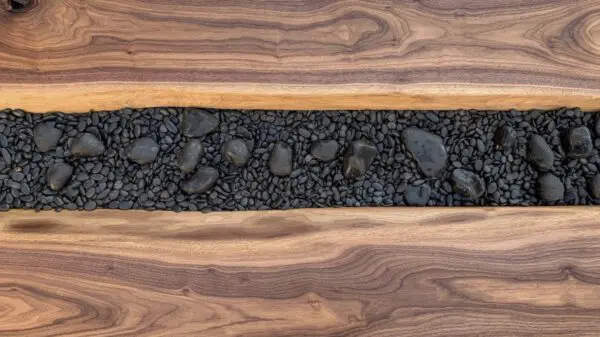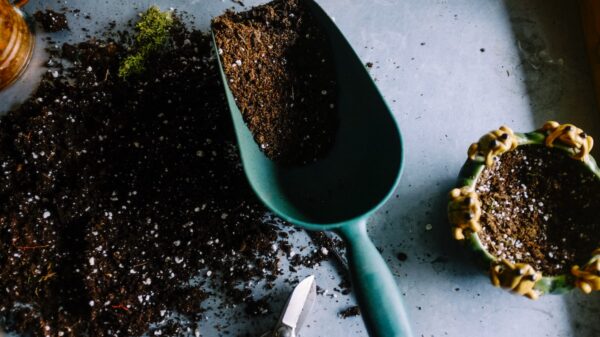Emerald Green Arborvitae: Complete Guide
Emerald green arborvitae trees are one of the most popular types of evergreen trees. They are known for their beautiful, deep green color and their ability to thrive in a wide range of climates. This makes them an ideal tree for many people looking to populate their lawns as they often require little work and resources while remaining beautiful. While they are typically fairly low-maintenance trees, it is still important to know how to properly care for these trees to make sure they remain healthy and stay happy in your lawn for many years to come.
So here are some of our tips for the emerald green arborvitae complete guide needs to be planted in a location with well-drained soil, lots of space so that it can grow properly, and plenty of sunlight. Also, you must make sure to make water and prune the tree regularly so that it can grow properly.
These trees can grow beautiful and tall and can make any lawn feel more lush and manicured if properly looked after. Many people even use them as a beautiful backdrop for any event due to their lush and natural look. So, if you are looking to plant these beautiful trees in your lawn or how to better care for the ones you may already have, then here is your complete guide to emerald green arborvitae!
Emerald Green Arborvitae Tips
If you are thinking about planting an emerald green arborvitae tree, there are a few things you should know.
First, it is important to choose the right location for your tree. Emerald green arborvitae prefer full sun but can also tolerate partial shade. They need well-drained soil and do not like wet or soggy conditions. This means you should look for an area in your lawn that drains water well, as standing water can seriously damage the roots of emerald green arborvitae trees. When planting, make sure to dig a hole that is twice as wide as the root ball and just as deep. This will give your tree plenty of room to grow.
Once you have chosen the perfect spot for your emerald green arborvitae, it is time to plant it. Be sure to water your tree regularly, especially during the first few years after planting. This will help ensure your new plants grows strong and establishes good roots in its first years of life. Emerald green arborvitae are relatively low-maintenance trees, but they do need occasional pruning to keep them looking their best.
If you follow these simple tips, you will be well on your way to growing a beautiful, healthy emerald green arborvitae tree.
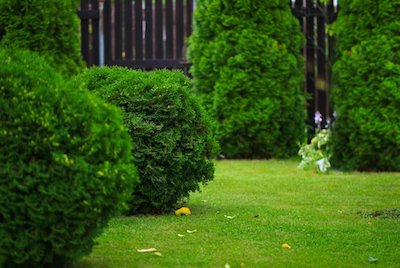
Emerald Green Arborvitae Climate
Emerald green arborvitae trees are very adaptable and can thrive in a wide range of climates. They are native to North America and are commonly found in the eastern United States and Canada. However, they can also be found in parts of Europe, Asia, and even Australia. With the ability to withstand climates all over the world, this plant is ideal for many looking to add a beautiful pop of green to their lawn. Emerald green arborvitae are hardy trees that can tolerate cold winters and hot summers.
Soil Conditions
Emerald green arborvitae prefer well-drained soil but can also tolerate some clay or sand. The key is to make sure the soil is not too wet or soggy. If you live in an area with heavy rainfall, you may need to take extra steps to ensure your tree’s roots do not rot.
Sun Exposure
Emerald green arborvitae prefer full sun but can also tolerate partial shade. If you live in a hot climate, it is best to plant your tree in an area that receives some afternoon shade. This will help protect the tree from the intense heat and prevent the leaves from burning.
Pruning
Emerald green arborvitae are relatively low-maintenance trees, but they will need occasional pruning to keep them looking their best. The best time to prune your tree is in late winter or early spring before new growth begins. You can remove any dead or damaged branches as well as any crossed or rubbing branches. It is also a good idea to trim back any branches that are growing too close to power lines or buildings.
Fertilizing
Emerald green arborvitae trees do not require a lot of fertilizer, but you may want to give them a boost every few years. A slow-release fertilizer is a good option for emerald green arborvitae. Be sure to follow the manufacturer’s instructions when applying fertilizer to your tree.
Pests and Diseases
Emerald green arborvitae are relatively resistant to pests and diseases, but there are a few things you should watch out for. Aphids, scale insects, and spider mites can all be problematic for emerald green arborvitae. These pests can cause the leaves to turn yellow or brown and may also lead to stunted growth. If you notice any of these pests on your tree, be sure to contact a professional for treatment options.
There are several diseases that can affect emerald green arborvitae, but the most common is root rot. This fungal disease can kill your tree if it is not treated quickly. Some other diseases that can affect emerald green arborvitae include needle blight, twig blight, and leaf spot. If you notice any of these diseases on your tree, it is important to contact a professional for treatment options.
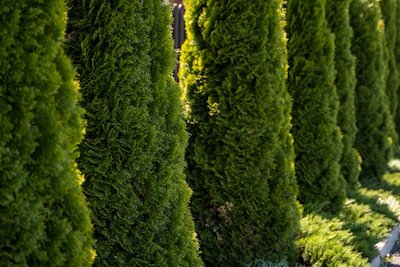
Related Questions
How fast do emerald green arborvitae grow?
Emerald green arborvitae are relatively fast-growing trees. They can grow up to 3 feet per year, although this rate will vary depending on the climate and growing conditions.
How big do emerald green arborvitae get?
Emerald green arborvitae can reach a height of 40 to 60 feet and a width of 15 to 20 feet. However, this will vary depending on the climate and growing conditions.
How long do emerald green arborvitae live?
Emerald green arborvitae are relatively long-lived trees. They can live for 100 years or more, although this however will also vary depending on the climate and growing conditions.
Do emerald green arborvitae need a lot of water?
Emerald green arborvitae are relatively drought-tolerant trees. They do not need a lot of water, but they will need some supplemental irrigation during extended periods of drought.
Do emerald green arborvitae have invasive roots?
Emerald green arborvitae have relatively shallow roots that are not known to be invasive. However, it is always a good idea to check with your local utility company before planting any tree near power lines or underground utilities.
Are emerald green arborvitae deer-resistant?
Yes, emerald green arborvitae are generally deer-resistant. However, this will vary depending on the local deer population and the availability of other food sources.
Do emerald green arborvitae need fertilizer?
Emerald green arborvitae do not require a lot of fertilizer, but you may want to give them a boost every few years. A slow-release fertilizer is a good option for emerald green arborvitae. Be sure to follow the manufacturer’s instructions when applying fertilizer to your trees.
Are emerald green arborvitae salt-tolerant?
Yes, emerald green arborvitae are relatively salt-tolerant trees. However, they will need some supplemental watering during extended periods of drought.
Are emerald green arborvitae native to only North America?
No, emerald green arborvitae are not native to North America. They are native to Asia, specifically China and Korea.
How do you propagate emerald green arborvitae?
Emerald green arborvitae can be propagated by seed or cuttings. Seeds should be planted in the spring, and cuttings should be taken from young branches in the summer. Be sure to contact a professional if you have any questions about propagating emerald green arborvitae.
Do emerald green arborvitae make good privacy hedges?
Yes, emerald green arborvitae make excellent privacy hedges. For this reason, they are often found at outdoor eateries or special event spaces. They are fast-growing trees that can reach a height of 40 feet or more. Emerald green arborvitae are also relatively easy to care for and are resistant to pests and diseases.
What is the best way to plant emerald green arborvitae?
The best time to plant emerald green arborvitae is in the spring. Be sure to choose a location that receives full sun and has well-drained soil. It is also a good idea to amend the soil with some compost or other organic matter before planting.
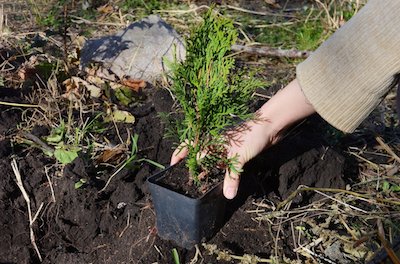
Are emerald green arborvitae toxic to humans or animals?
No, emerald green arborvitae are not toxic to humans or animals. However, they can cause skin irritation in some people. If you experience any irritation after coming into contact with emerald green arborvitae, be sure to wash the affected area with soap and water.
Do emerald green arborvitae attract bees?
Yes, emerald green arborvitae do attract bees. They are a good source of nectar for bees and other pollinating insects.
Are emerald green arborvitae fast-growing trees?
Yes, emerald green arborvitae are fast-growing trees. They can grow up to 3 feet per year under ideal conditions.
What is the best way to control the growth of emerald green arborvitae?
The best way to control the growth of emerald green arborvitae is to prune them regularly. You can prune them anytime from late winter to early spring before new growth begins. You can remove any dead or damaged branches as well as any crossed or rubbing branches.
Conclusion
So there you have it, our emerald green arborvitae complete guide! We hope that this article has helped you learn more about this beautiful and versatile tree and helped clear up any questions you had about them. Once again, we would like to remind our readers that proper planting and care is essential for the health of your arborvitae, so please be sure to follow all of the guidelines provided in this article. Thanks for reading!


